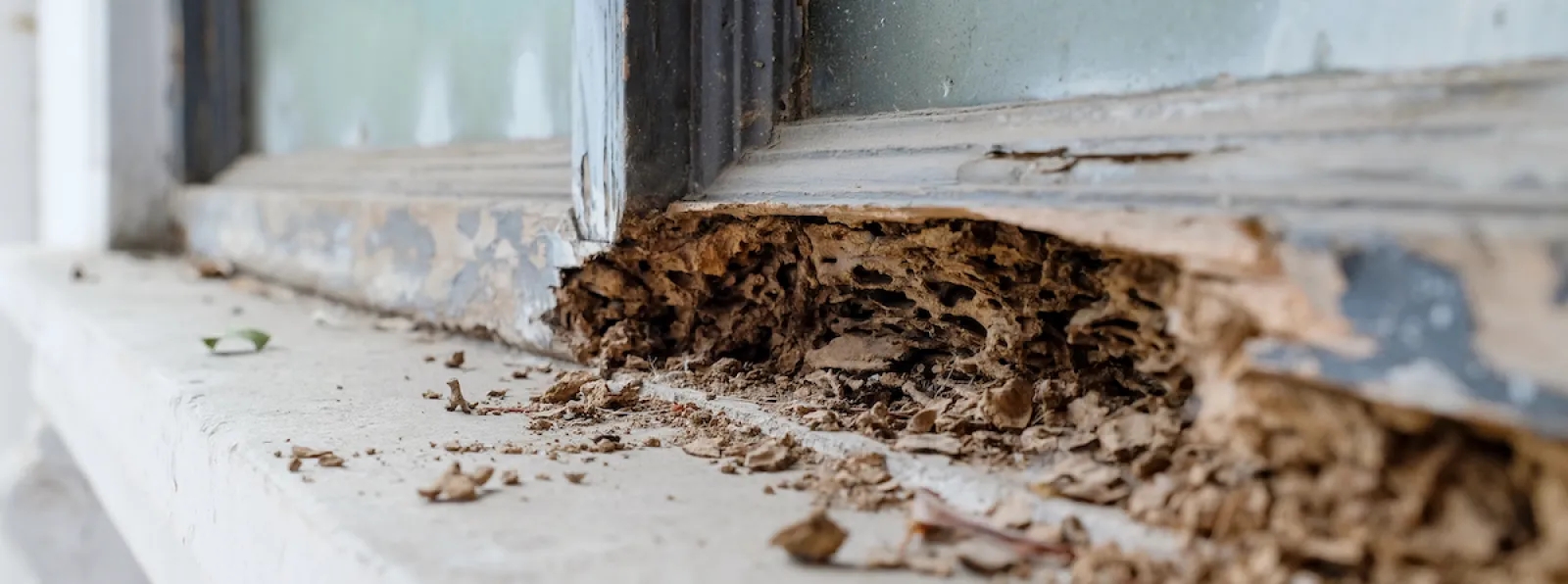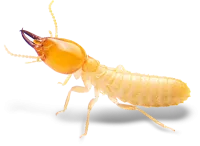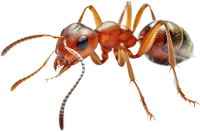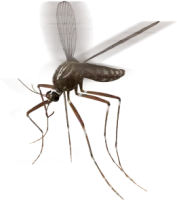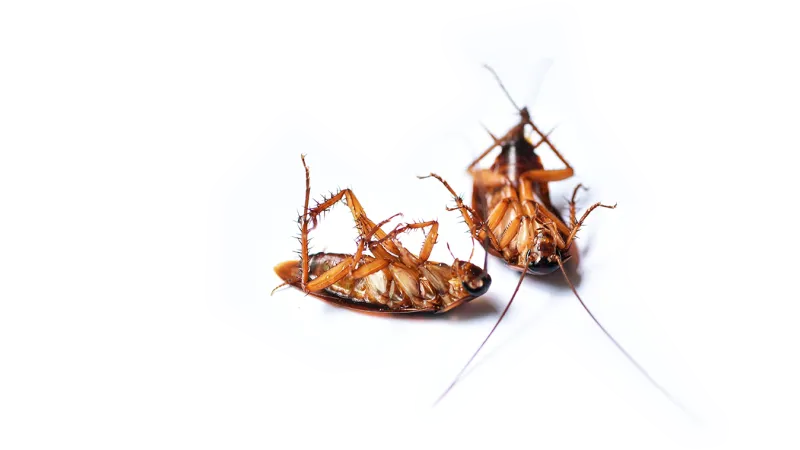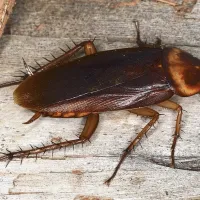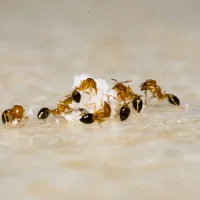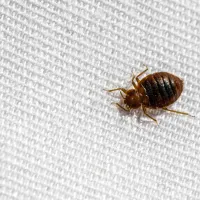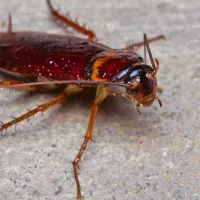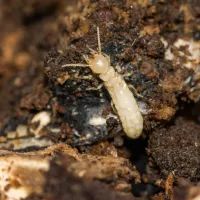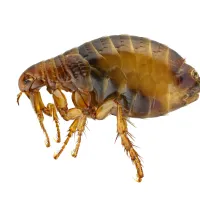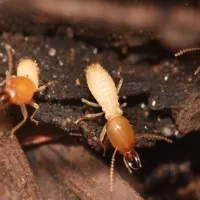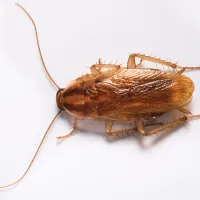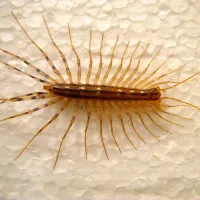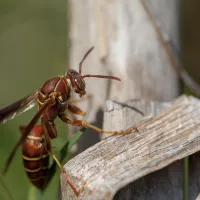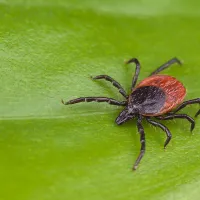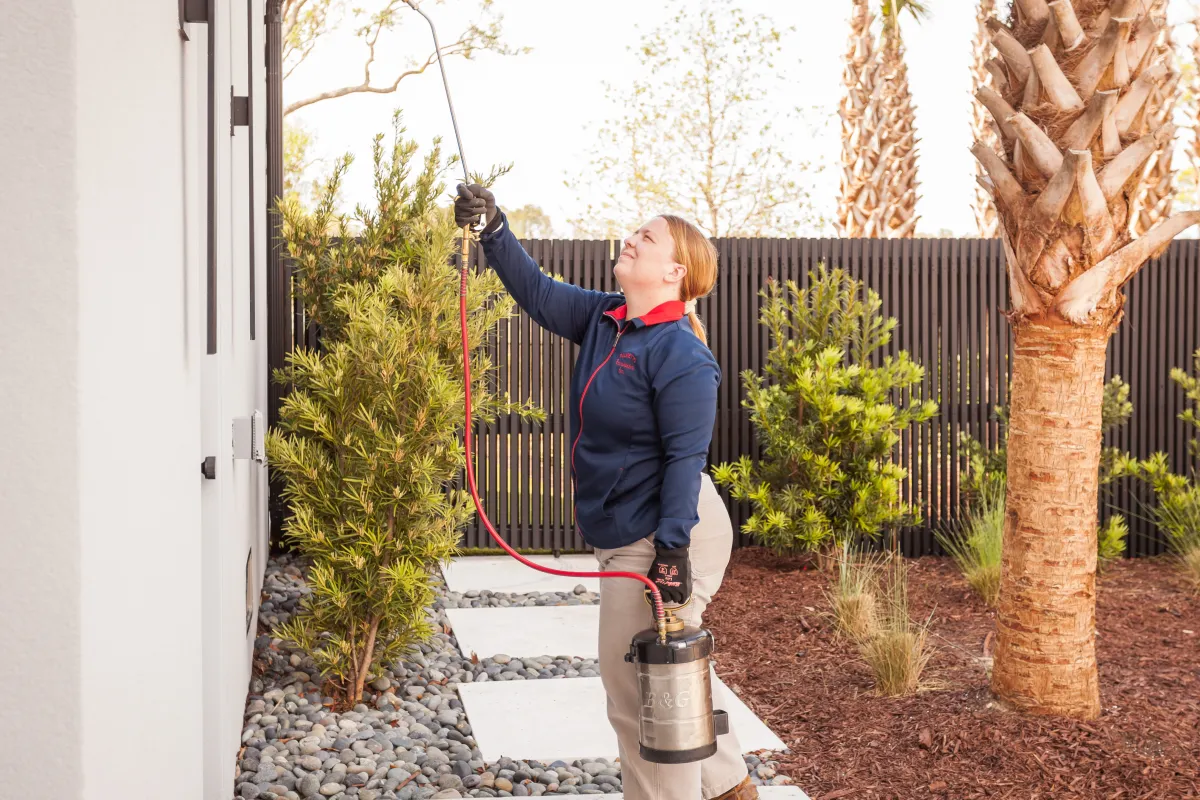
Pest Control and Prevention
Convenient Quarterly Pest Control Treatments
Our team understands the unique challenges of maintaining a pest-free home as you navigate life's demands. Whether dealing with pesky ants or spiders, silverfish, or roaches, Palmetto has the expertise and dedication to safeguard your home and family from unwanted intruders.
Our initial service includes a thorough inspection and treatment of the interior and exterior of your home or business. After the initial services, our quarterly visits prioritize exterior treatments, focusing on where the bugs come from.
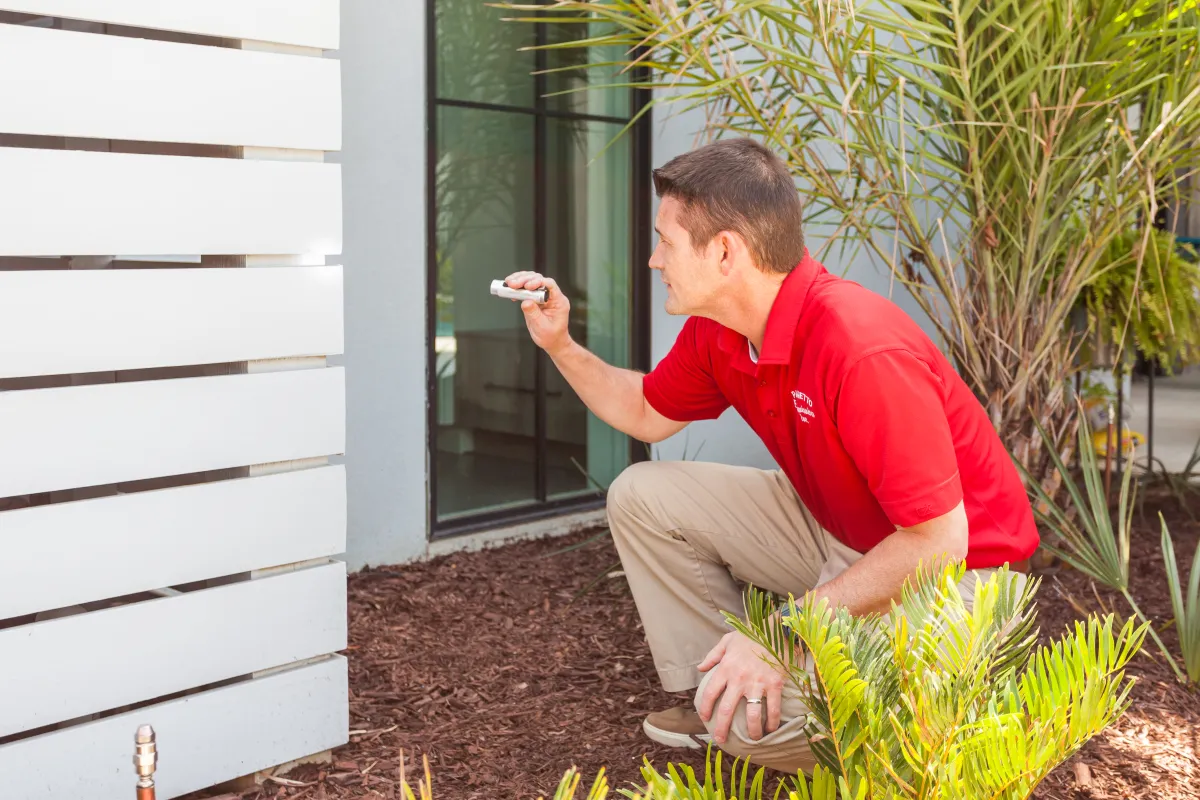
Ongoing Protection Against Termites
Expert Termite Control Solutions for Peace of Mind
Between prevention and damage, Americans spend more money battling termites than any other wood-destroying organism. In the Southeast, subterranean termites are common, so it's not a matter of if you will get termites but when.
It's vital to keep termites away from expensive investments, whether it's your home or your business. Palmetto Exterminators offers termite services for effective control.
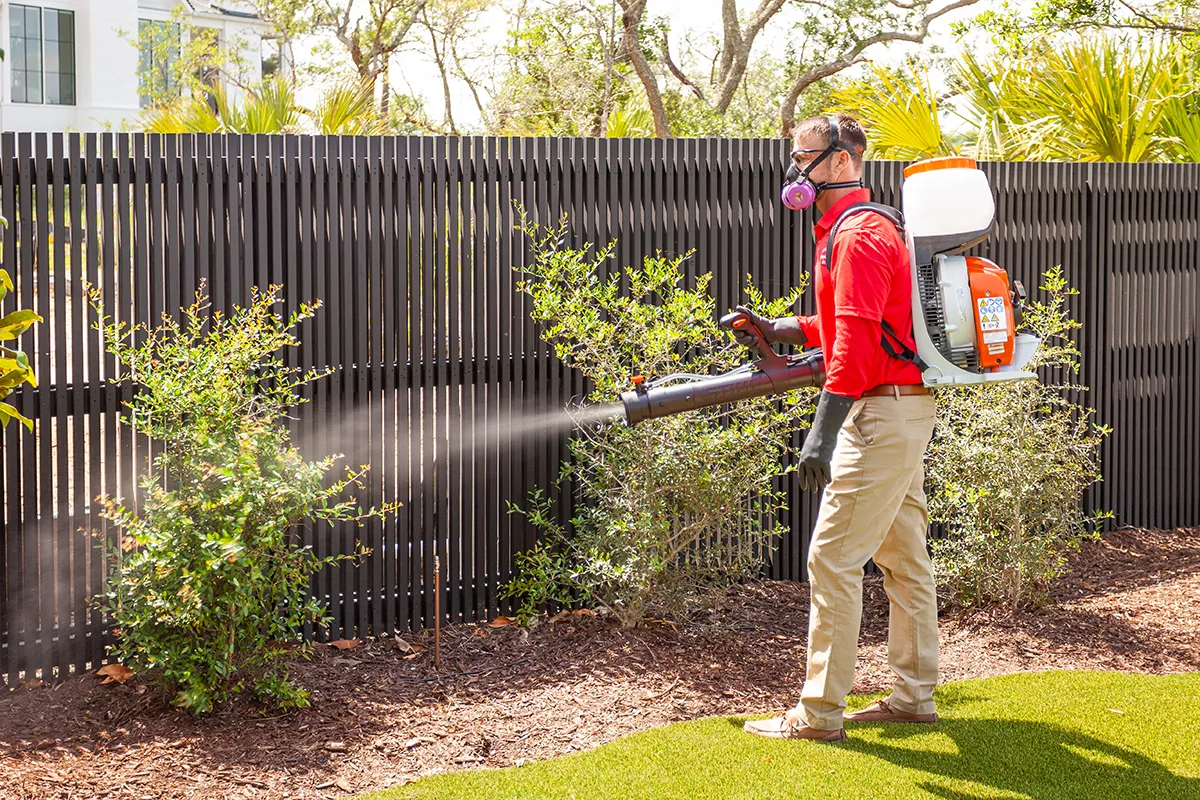
Mosquito Control For Peaceful Outdoor Living
Check Mosquitoes Off Your List
Mosquitoes are found worldwide and are known for their irritating bites, which can cause itching and discomfort. They not only disrupt outdoor activities but can pose health risks with their potential to transmit diseases. Enjoy the outdoors with our targeted mosquito control solutions.
Our expert team specializes in effective mosquito control strategies tailored to your and your property's needs. Experience the difference with our proven mosquito control services.
Your Home Shouldn't be a Haven for Pests
Let Palmetto address your pest concerns and resolve them once and for all
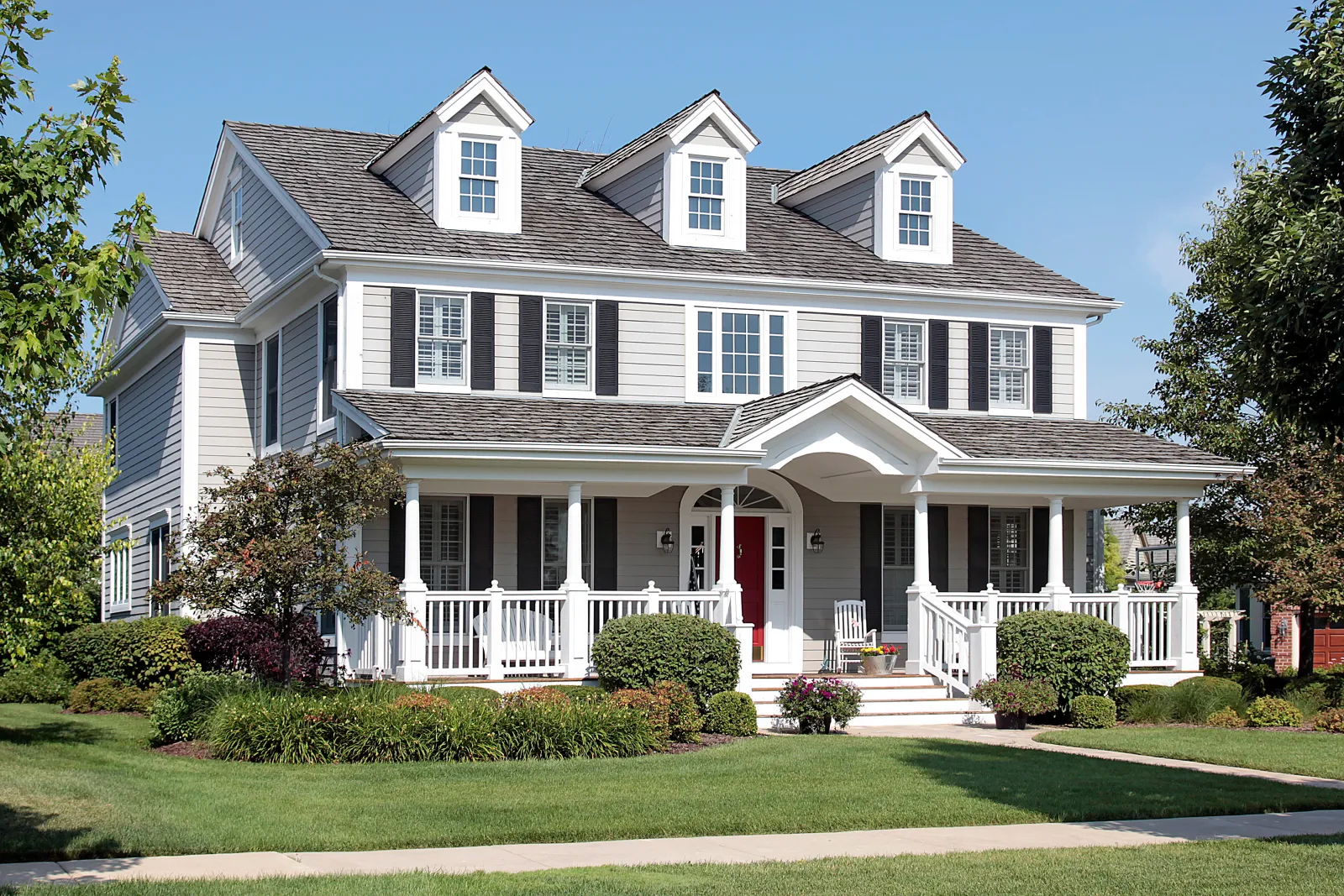
Unmatched Knowledge & Services
Not sure what you're seeing? Let us help!

Palmetto is Serious About
Customer Service
Get to Know Insect Ecology
Explore our blogs for expert tips, advice, and updates on pest control solutions
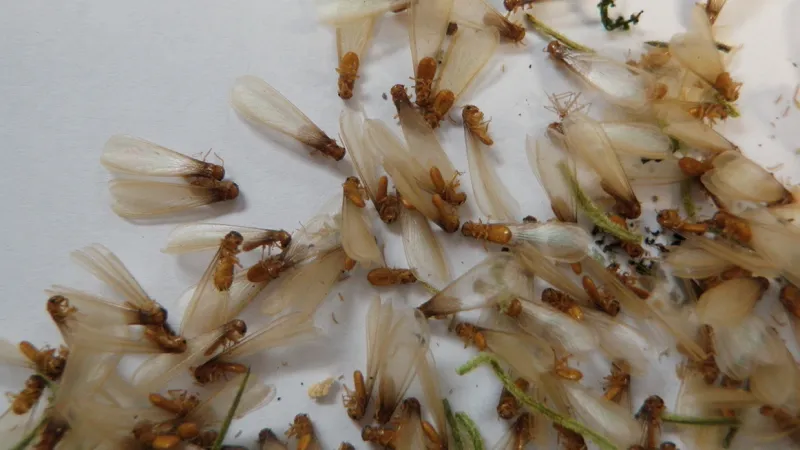
Ants or termites: The difference is a big deal
Ants or Termites?To the untrained eye, the differences between ants and termites are small. However, the impact to your home is quite a big deal. Let’s take a...READ MORE

How to Prepare for Your First Pest Control Visit
Nobody looks forward to pest control visits, because nobody looks forward to having pest issues in the first place. But when you find yourself facing down an army of invading...READ MORE
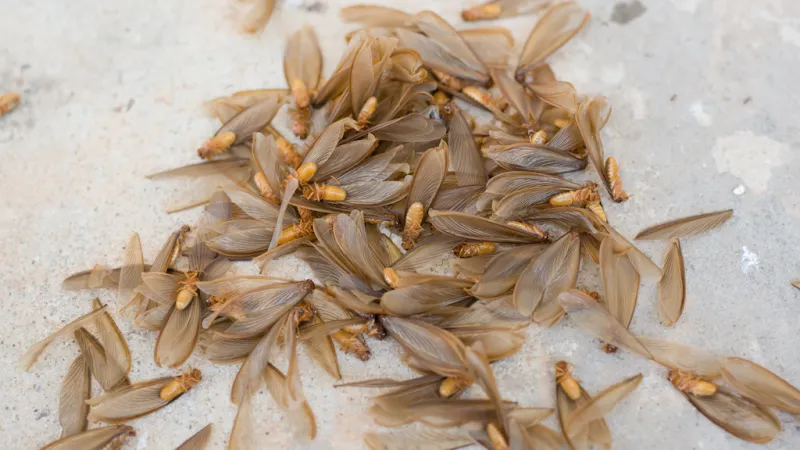
How to Prepare for Termite Swarming Season
Spring is Here and so are Termites Warm weather and April showers don’t just bring May flowers. Sadly, the spring season also means the beginning of termite swarmer season....READ MORE
